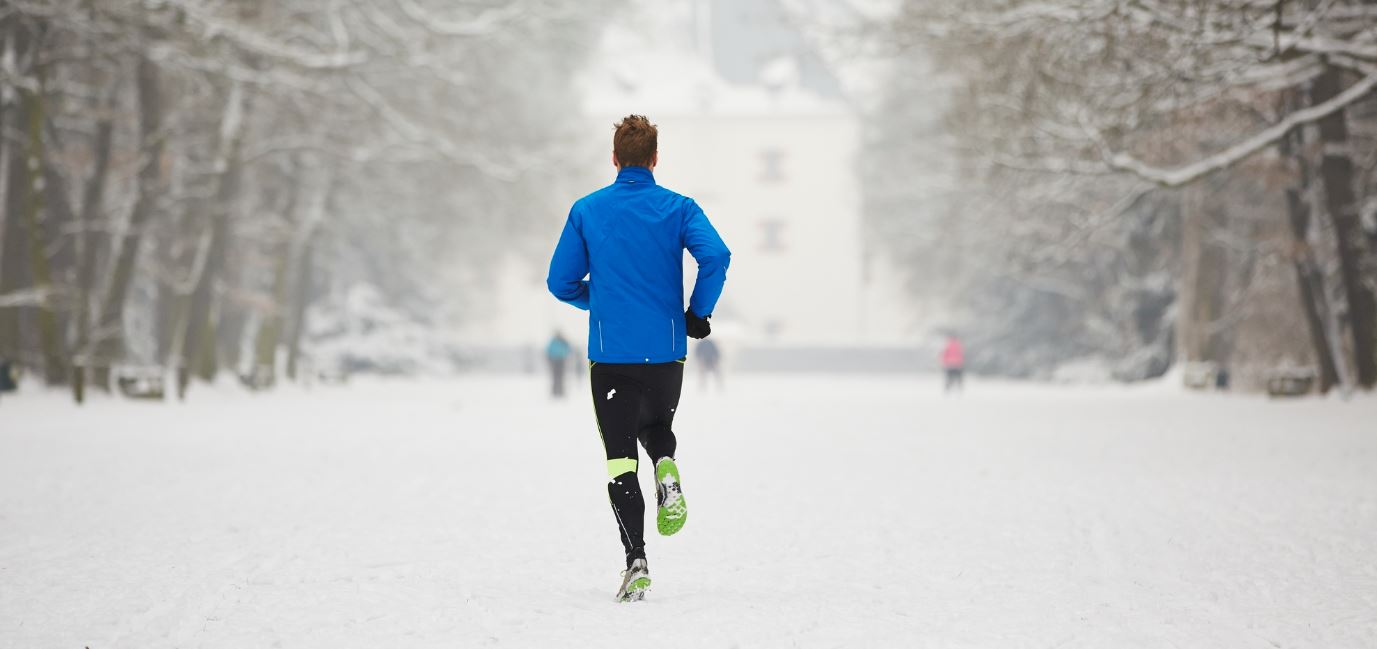
There are dangers with exercising in the cold, even though it can be an exhilarating experience. Cold injury is common in some of the extreme sports, but not necessarily in running, but it does have its dangers. Precautions need to be taken and you need to be aware of the signs of an impending problem with your body in the cold.
Hypothermia is probably the greatest and most serious problem, due to the potential to become fatal if not addressed quickly and properly. You are at greater risk if it is cold, windy, and wet; if you are young, tall and thin; and if you run at a slower pace. The classic signs of hypothermia are shivering, slurred speech, a slow and shallow breathing, a weak pulse and a clumsiness or lack of coordination. If any of this starts to happen there is an urgency to getting the runner warmed up.
At the other extreme are the not so serious issue of chilblains. This an inflammatory reaction of the small blood vessels in the toes that can be quite painful. These do not happen in the extreme cold, but are more common in the cooler climates, but do not happen in the warm climates. They appear as red color painful and itchy patches on the toes, but can sometimes affect the fingers, nose and ears. If the chilblains become chronic, they take on a dark blue color. They normally heal up reasonably quickly unless they keep recurring, which points to the importance of preventing them by use of warm socks and shoes. When one occurs, then soothing creams to stimulate the circulation is usually helpful.
To avoid a cold injury, wearing several layers of clothes designed for exercise are recommended. Take into account the wind direction when beginning your run and choose a route that is in a populated area so you are not far from help. It is often a good idea to wear a hat and gloves for further protection. If you have any real doubt, then don’t do it. Have a rest day or use a treadmill indoors.
